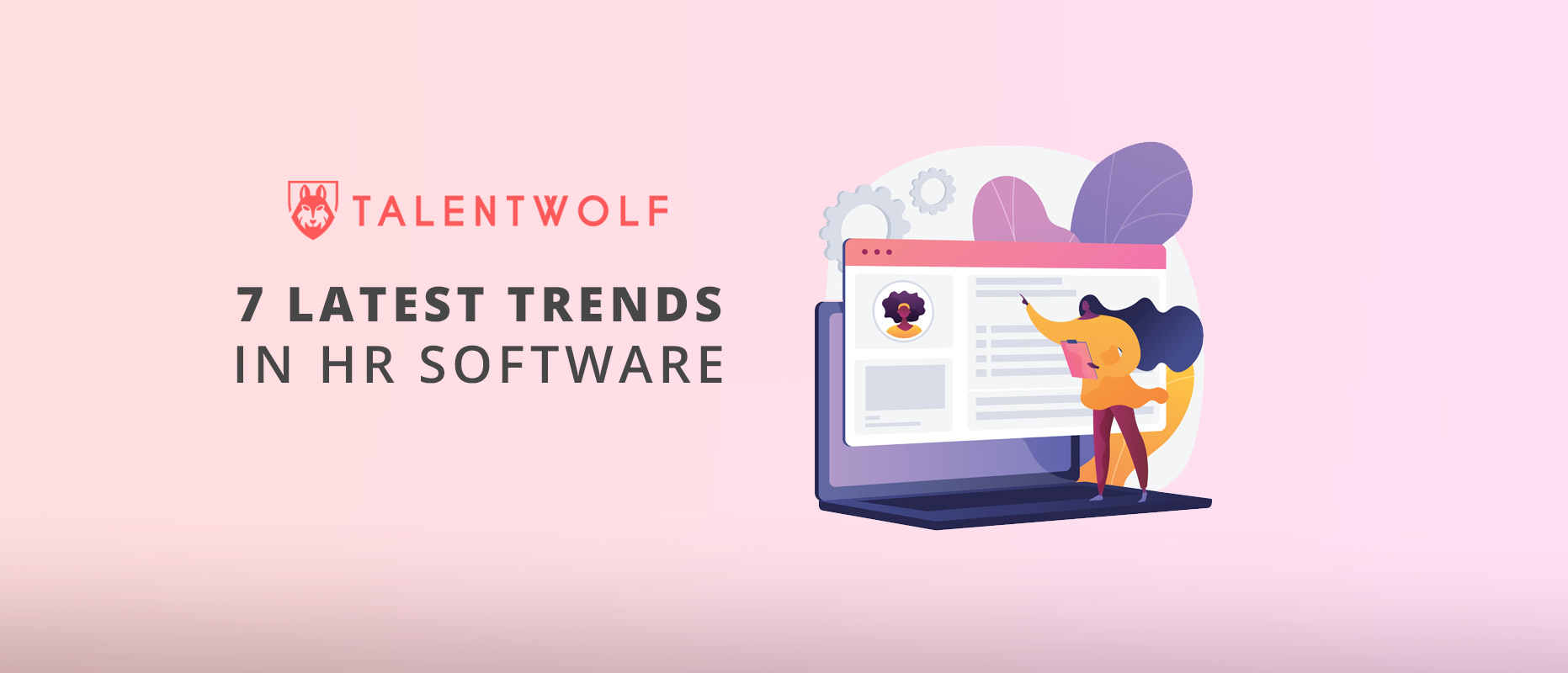One essential part of any organization is the employees. Hence, engaging them is vital for business growth. It is not surprising to find many organizations now investing in HR software.
Gone are the days when the HR department manually keeps records on file. The increasing demand for more efficient means to engage employees and easier ways to improve their experience drove the HR software market. From feedback-generating tools to in-depth analytics, the ever-evolving world of HR technology software is clearly a major disruptor in the field of human resources.
Below are the latest trends in HR software:
1. Embracing remote working as a ‘norm’
With remote working entering the mainstream, companies are finding ways to conduct learning and development remotely to save on costs and time. They are also taking advantage of e-learning to improve their approach in training a remote team.
A lot of cloud-based software platforms are now available to accommodate remote working with great ease. Using their browsers, employees can access the software anywhere and at any time without having the need to install it on a fixed device.
2. Building an agile organization
One business model that is increasing in prominence is the agile organization, as it enables rapid change solutions. It also leverages the skills of employees across units in a better way to keep work motivating and engaging.
Moreover, businesses are gaining a competitive advantage as they move away from structured processes and conventional managerial hierarchy to an agile organization where multiple teams and networks are empowered over decision making.
It also improves flexibility and productivity among employees in several ways, as follows:
- Less restrictive roles
- Team collaborations
- Feedback
- Goal setting
- Objective sharing
- Team-based performance management
Many businesses come to realize that the best way to take advantage of the agile model is through some custom-designed HR software. It enables leaders to have a better overview of their organization in its entirety, manage employees efficiently, and check out for collaboration opportunities.
3. Introducing Artificial Intelligence (AI) across several HR operations
More organizations are embracing AI into their HR operations, primarily as a way to simplify processes and provide their employees with more time to concentrate on more critical aspects of their jobs.
Machine learning is also enhancing the employee experience as a whole as it can eliminate several mundane tasks like responding to frequently asked questions and streamlining the hiring process.
Finally, AI is expected to drive future trends in human resource information systems as it helps in removing the unconscious biases we will look into later.
4. Enhancing employee experience (EX)
Many organizations are now placing importance on software development and learning programs as they realize that the EX has a direct impact on customer experience. This has become even more vital as both customers and employees move further towards online support and digital transactions.
Gathering feedback and doing surveys help businesses to have a better understanding of the things driving and engaging their employees. HR software, on the other hand, helps to collate and analyze the data.
5. Fostering a respectful and inclusive company culture
The #TimesUp and #MeToo campaigns only show that women remain underrepresented and disrespected in the workplace. Women of color experience even worse.
According to a study by McKinsey & Co., there is only about one woman in 5 C-Suite executive roles, and only around one in 25 is a woman of color.
Nonetheless, while women bear the brunt of micro-aggression, disrespectful behavior, and demeaning comments, the same study showed that almost 3 in 5 employees experience some acts of incivility in the workplace. This issue needs to be addressed to foster a working environment that is respectful and inclusive. One way to do so is to make people feel safe at work.
Managers and employees alike need to take various trainings promoting initiatives to prioritize inclusion and diversity, along with courses teaching about acceptable and non-tolerable behaviors. HR software can support these important trends in human resource management by ensuring these learning resources are easily accessible and effective. It provides managers with reports to evaluate and handle all levels of grievances around the issues across the organization.
6. Promoting equality and diversity
Even in the modern era, managing equality and diversity remains a significant challenge. The unconscious biases in the workplace are more common in the hiring processes, which could be detrimental in a company’s effort to promote a connected culture.
HR tech solutions helping the recruitment team to remove the unconscious biases are now available through more advanced data analysis. It can show you how diverse your workforce is and how it fares when compared against your competitors. With productive recruitment marketing strategies, you can only manage what you can measure.
If you’re a recruiter, check out FinancesOnline.com creative ways to find employees without being bias on gender, race and other factors.
7. Improving Employee engagement
Employee engagement is deemed crucial in boosting productivity, loyalty, commitment, and enthusiasm toward company goals. Many HR software solutions are designed to enhance employee engagement efforts by simplifying processes, monitoring feedback and improving communication lines.
Should you invest in HR management software?
HR management solutions have gone a long way in the last decade. From improving performance management platforms to simplifying employee recognition, HR is becoming high tech and data-driven. You are missing a lot if you don’t adopt the human resources technology trends as soon as possible. Check out Talentwolf’s free trial package now and find out how their HR software can help you stay ahead of the competition amidst rapid technological advancement.





